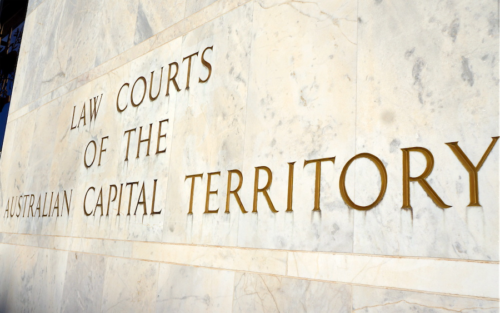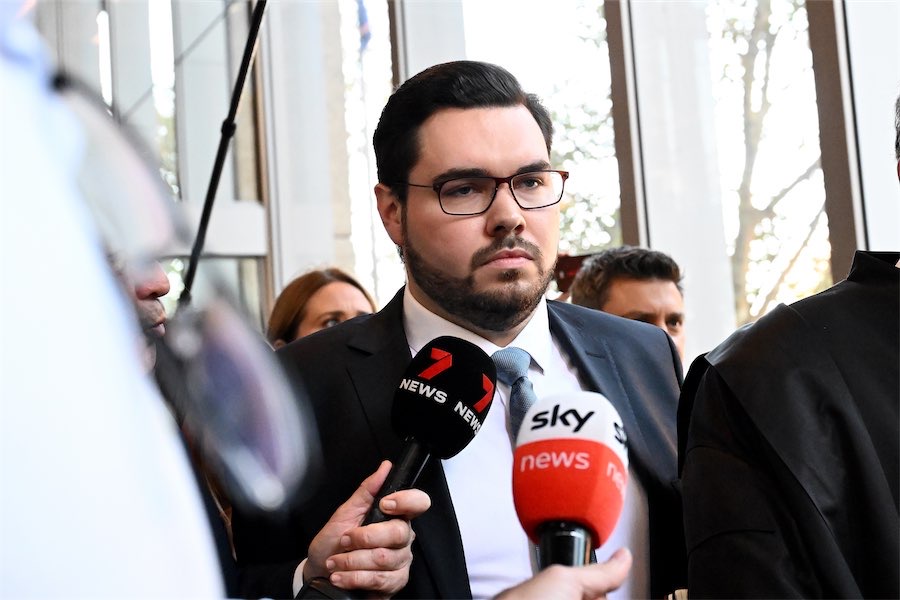TRANSPORT in Canberra is a vexed and much debated issue with tempers flaring in the Assembly just last week on spending priorities.

Before you write this off as science fiction, bear in mind that large-scale driverless car trials have already been conducted in the US and Europe, and South Australia has begun limited trials.
With millions of kilometres driven, the jury is unequivocally in; the robots are much safer in control than us meat-bags.
Of the very few incidents they were involved in, humans driving other cars were invariably at fault.
Furthermore, this is early days. Every time a robot car is involved in a crash, the lessons learned can be rolled out to the whole fleet.
Sadly, many human drivers can’t or won’t learn from their accidents and in some tragic cases they never get the chance.
How quickly is this going to come? Well BMW recently bought Nokia’s mapping unit for $3.1 billion.
The maps are an essential part of self-driving cars, but BMW could have replicated Nokia’s information for tens of millions over a few years.
What this tells us is that BMW doesn’t think it has years to spend; they’re willing to burn billions of dollars to get this cornerstone of the technology right now.
Combine an automotive industry desperate to sell another generation of cars (and to not be left behind by their competitors) with an insurance industry that will very soon be pricing the choice to control a vehicle very expensively and you’ve got a recipe for rapid change.
that will very soon be pricing the choice to control a vehicle very expensively and you’ve got a recipe for rapid change.
Throw in governments desperate to get the cost of motor vehicle accidents out of their health systems and you can see it’s going to be a big honking deal.
So what impact will this bring?
In May, the OECD’s International Transport Forum released its modelling on the impact on cities of driverless cars.
The results are staggering. Combined with a mass-transit system, driverless cars reduce the number of cars needed by 90 per cent.
As for parking space; for a medium-sized European city (as used in their model), it would allow for the reallocation of 1.5 million square metres to other public uses.
What does this mean for the ACT?
Even with projected population growth there’s a looming holiday from road building.
Similarly, the ambulances and emergency departments won’t need expansion in the foreseeable future.
Fewer traffic police will be needed, although speed-camera revenue is going to plummet.
is going to plummet.
Parents will be able to pack children into self-driving vehicles freeing them from the tyranny of the school run, and the after-school, extra-curricular parental taxi runs.
There will also be an end to arguing about who’s going to drive to dinner with friends.
Sadly, we’ll no longer be able to use the excuse of not wanting to drive to avoid parties we really don’t want to go to.
(A precis of the OECD research is available at :http://oecdinsights.org/2015/05/13/the-sharing-economy-how-shared-self-driving-cars-could-change-city-traffic/ )
Who can be trusted?
In a world of spin and confusion, there’s never been a more important time to support independent journalism in Canberra.
If you trust our work online and want to enforce the power of independent voices, I invite you to make a small contribution.
Every dollar of support is invested back into our journalism to help keep citynews.com.au strong and free.
Thank you,
Ian Meikle, editor




Leave a Reply